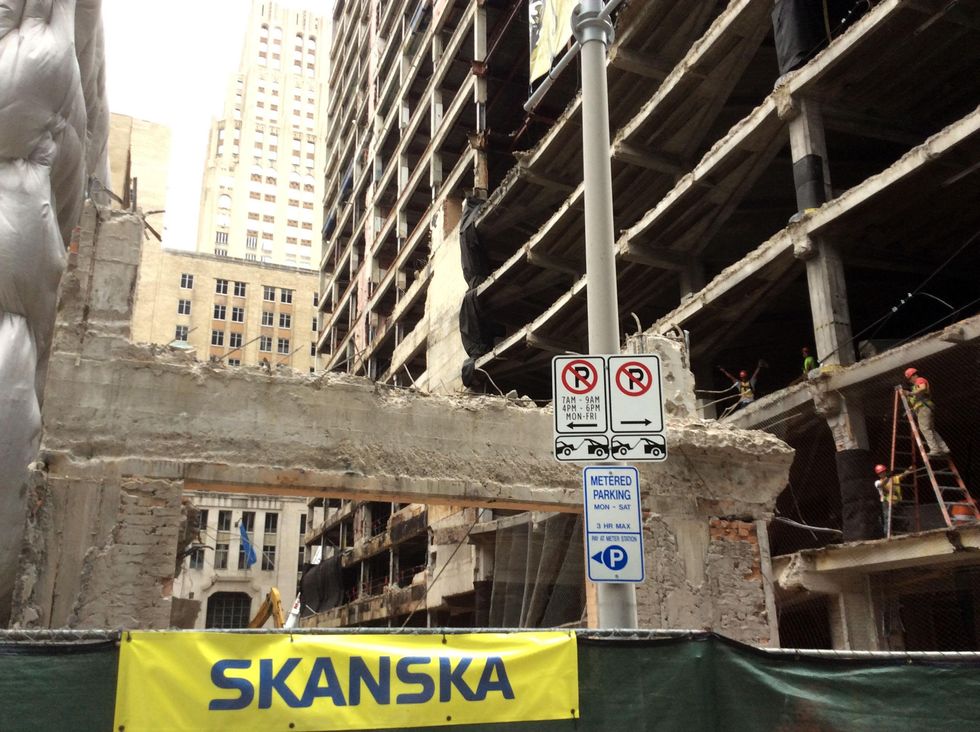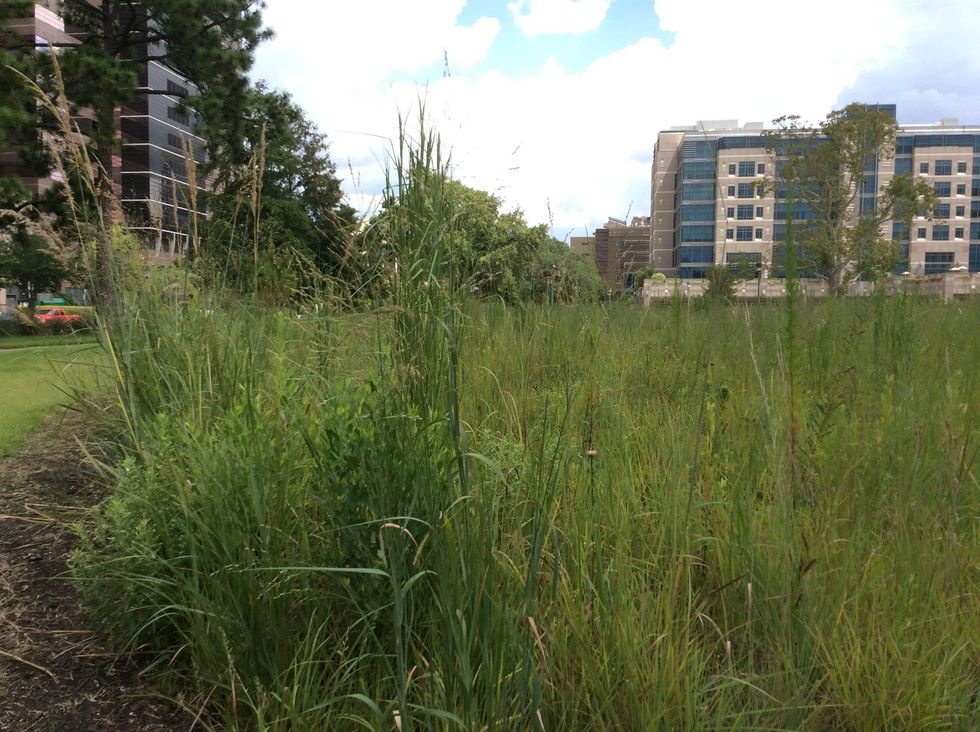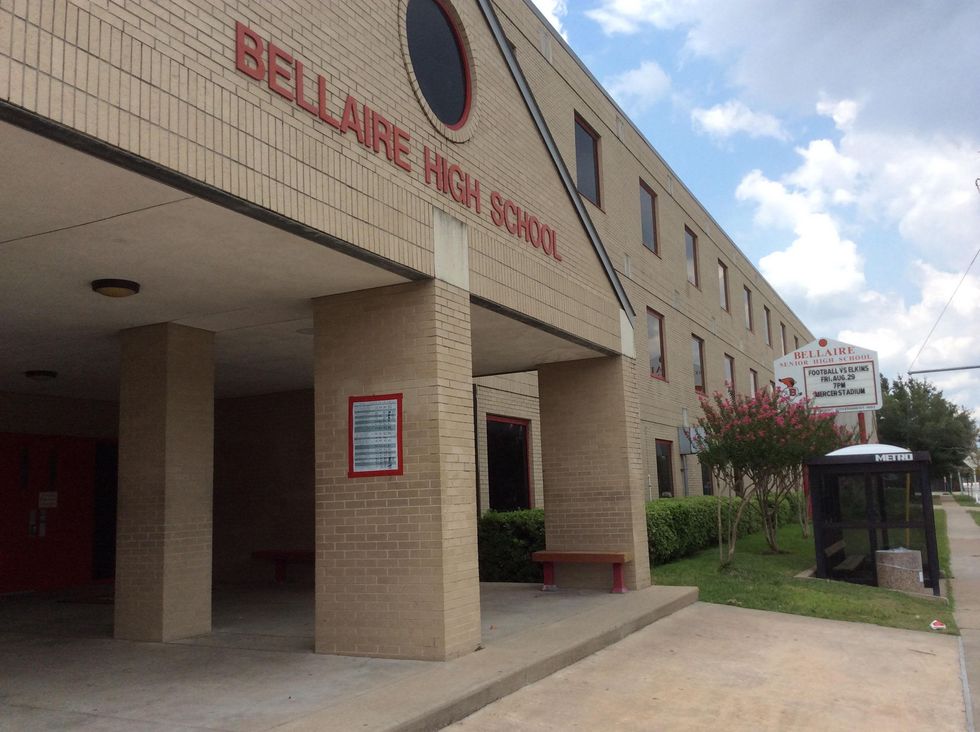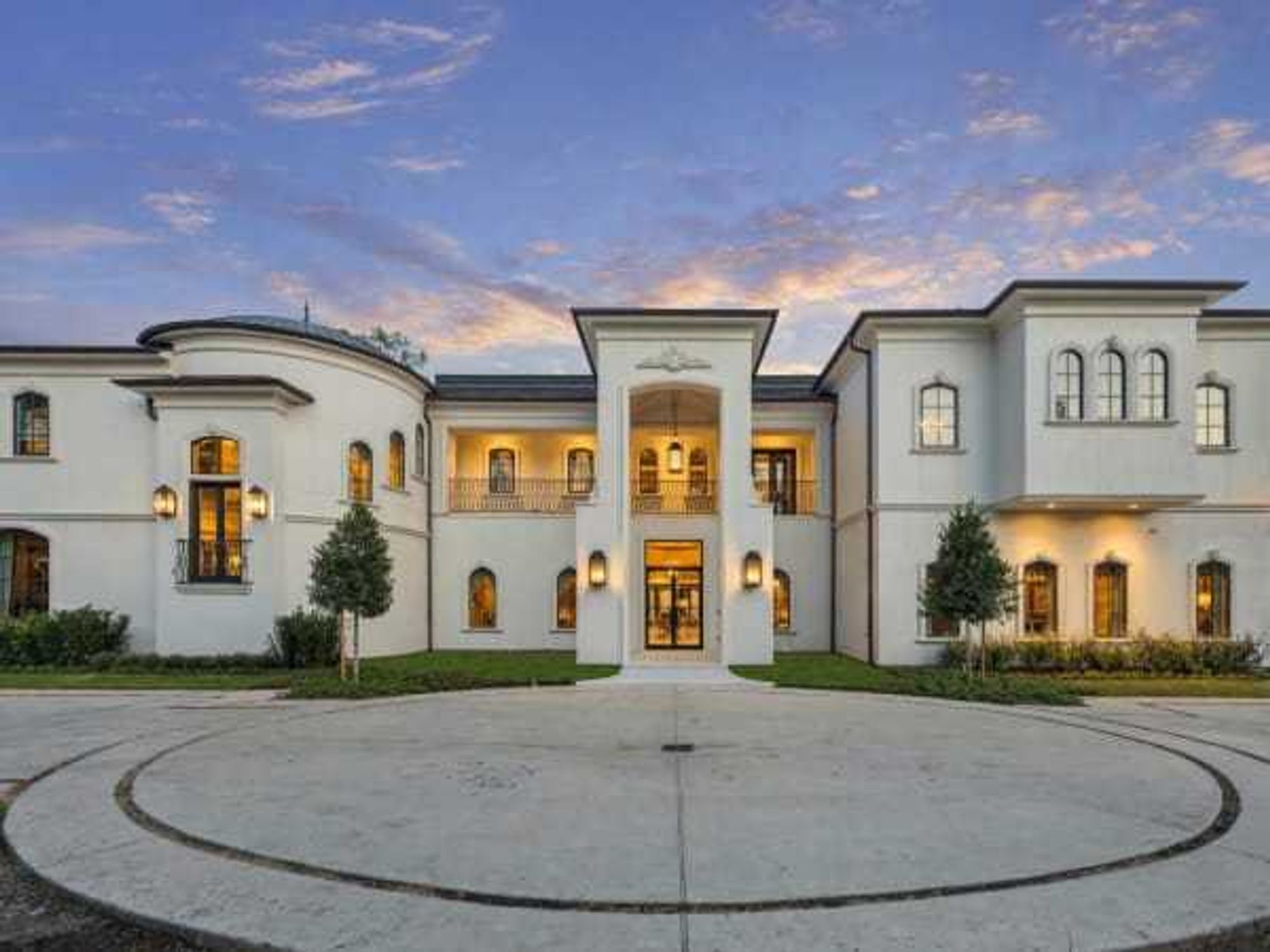Houston's Tear Down Shame
Tearing down history: Houston's shameful disdain of historic preservation must stop — bulldozer city stinks
Houston’s bulldozer crowd has dominated things long enough.
Tearing down anything that stands in the way of making a quick buck is not smart business for Houston. Our city leaders of the past should be ashamed for the namby-pamby regulations and our flaccid attempts to preserve historic buildings.
My friends say “Don’t take things so personal.” But I am a native Houstonian and I do take it personal. Some of these buildings were wombs where I developed memories, knowledge and experience.
So here’s my list of the demolition jobs — past, present and future — that tear me up on the inside.
1. Bellaire High School
Even though it’s not that ancient, one of the best public high schools in the nation will be torn down and replaced with a new construction. It’s a $107 million project.
The original building opened in 1955 and a huge expansion of the school building was completed in 1993. Maybe that sounds like an old building if you’re a high school freshman. But across American, there are plenty of older schools serving students in fine fashion. Massachusetts Hall on the Harvard University campus was completed in 1720 and it’s still in use.
When we spend millions to construct a public structure, it should have a longer life span than a Bic razor.
Bellaire principal Michael McDonough says the school’s mechanical systems — electrical, plumbing and air conditioning — are aging and the existing space has some layout inefficiencies. Overcrowding is an issue with 3,700 students packed on an 18-acre campus.
But shouldn’t we get a few more years of use out of Bellaire High before bringing in the wrecking ball? What about sustainability? When we spend millions to construct a public structure, it should have a longer life span than a Bic razor.
Full disclosure: Yes, I am a Bellaire graduate.
2. Astrodome
The world’s first air-conditioned indoor stadium opened in 1965 and — for millions of people around the country — it remains the most recognizable building in Houston. Fenway Park in Boston was built in 1912 and Wrigley Field in Chicago opened two years later. So the Astrodome is new by comparison.
No other building symbolizes Houston’s spirit and soul — the can-do city that’s the epicenter of entrepreneurship and innovation. With optimism brimming over from NASA’s new Johnson Space Center, Houston’s entrepreneurs willed the Astrodome into existence.
When grass wouldn’t grow under the roof, we innovated Astroturf. And when thousands of Hurricane Katrina evacuees needed shelter, the Astrodome opened its doors with an outpouring of compassion that was our city’s — and the Dome’s — finest hour.
The Astrodome is on the National Trust for Historic Preservation’s Top 11 Endangered Buildings national list and I hope it is saved. Yes, the Astrodome was a stage for world’s finest athletes — Willie Mays, Nolan Ryan, Earl Campbell and many more.
But it is more than a stadium. This innovative building embodies the soul of Houston.
3. Foley’s
Opening in 1947, this store was the grand dame of downtown retail for decades, even after Macy’s bought Foley’s. The windowless building, designed by Kenneth Franzheim, had a tunnel to its parking garage — one of the first tunnels in downtown.
The store was a leader in opening lunch counters to African Americans in the early 1960s. Downtown stores moved to the suburbs and Houston’s downtown retail has yet to really regain its footing, although many hope that could come back. But a recent mayor-appointed brain trust of retail development experts didn’t come up with many instant answers for downtown retailing.
The Foley’s store, a primary source of my own childhood apparel, was snuffed out in a painful implosion a year ago. A new 23-story office tower is now under construction there for Hilcorp. Turning its back on Main Street, the front of the new building will be flipped to give it an address of 1111 Travis.
Lesson learned: Retail has left downtown.
4. Houston Chronicle
The Chronicle is expected to sell its 10-story downtown building, located at 801 Texas Avenue between Milam and Travis. Dating back 100 years, the building is actually several small buildings wrapped with a white tombstone-like cladding in an unfortunate remodeling effort.
With downtown real estate so expensive, news has moved to the suburbs for good.
The Chronicle has been at that site for many decades, but the printing press facilities were moved years ago to the former Houston Post property on the Southwest Freeway. The newspaper says it will relocate almost everything to the Post building in a year or two.
The Chronicle building will likely be torn down under new ownership. The property is in a great location, but this strong cycle of the real estate may have lapsed by the time owner Hearst Corp. is ready to vacate.
It’s the end of an era. At one time radio station KTRH (RH stands for Rice Hotel) was next door to the Chronicle. But with downtown real estate so expensive, news has moved to the suburbs for good.
Whether it’s through neglect or just old age, some buildings may be beyond salvage. Some organizations lack funds to renovate and say it’s more cost effective to tear down and start over. You hear that a lot in Houston.
Some companies try to be responsible about it and recycle the rubble when they implode or attack with a wrecking ball.
Some of the demolished buildings may just be old and not necessarily significant. But it is disheartening to see a memorable building get town down and then the site sits vacant for years and years.
The developers always say the old building needed to be flattened. Preservationists usually make a great argument to the contrary.
To shed a little more light on the situation, here’s a Trash or Treasure list. Did these buildings really need to go? Was the demolition job really that urgent?
1. Houston Club Building
This building , 811 Rusk, was ground zero for local power brokers from 1954 until the social club moved last year. The 18-story building , developed by Jesse Jones, is being imploded.
Skanska will build a 35-story office tower in its place. Gensler, the architect, says the new building will be exceptionally Green and Skanska says demolition refuse will be recycled.
2. Prudential Building
One of Houston’s first suburban office buildings, the Prudential Building, designed by architect Kenneth Franzheim, opened as a modern skyscraper in 1952 at 1100 Holcombe Boulevard, which is now prime turf in the Texas Medical Center. M.D. Anderson imploded the building almost three years ago.
Hospital spokeswoman Laura Sussman says there is no timetable for putting a new building on the site. Weeds grow there now.
3. Downtown YMCA
Another former Franzheim building that stood near the corner of Louisiana and Pease. It was built in 1941. The bulldozers took it down in 2011.
The YMCA moved, saying renovating the old building was too costly. Chevron owns the site now and it announced it would begin to construct a 50-story office tower there in 2014 and bring 1,700 jobs to Texas. Chevron, which is getting $12 million in governmental incentives, has now postponed the building. Just grass grows on the YMCA site now.
What’s it going to take to elevate the issue? Will people ever care about historic buildings in Houston?
Houston’s track record of saving buildings is dismal. But there are millions of people in this city who care about sustainability and climate change. Saving buildings is Green — perhaps more people should consider that.
An exhaustive study by the National Trust for Historic Preservation organization concluded that instead of tearing down and building new that “reusing an existing building and upgrading it is almost always the best choice, regardless of building type.”
When a building is demolished one thing that is wiped out is “embodied energy” — the initial outlay of energy it took to create the building materials, trucking them to the site and assembling the building.
Building a new building in its place also requires a lot of shipping costs and gasoline to bring lumber, concrete or brick to the site. The average stick of building material that goes into a new building traveled 497 miles to get there, according to the “The Greenest Building” study by the Historic Preservation group, produced with input from a wide variety of sources, including Skanska.
Recycling the material from a tear-down gives developers credit in the green rankings. Even if you’re recycling the rubble — think about this: The remains from a demolished building have to travel an average of 45 miles to get to a recycling site or landfill, the Historic Preservation study says.
What’s it going to take to elevate the issue? Will people ever care about historic buildings in Houston?
Can Houstonians ever “get religion” about historic preservation? In New Orleans people protect and preserve the French Quarter because it means so much to the city and its economy and tourism. The people of San Antonio would fight to the death to save the Alamo. But Houstonians don’t seem to care enough. No one seems to be visibly rabid about it.
A couple of years ago, I witnessed an apartment developer demolishing a church on Richmond Avenue. With some horrified church members watching from the sidewalk, the claw of a Caterpillar ripped away at the church, mercilessly bringing a large cross of Christ to the ground.
No matter whether it’s a church, a synagogue or a mosque, you would hope that demolition people could show some respect to buildings that people believe to be holy.
Seeing the Richmond Avenue church go down with its religious symbol was appalling. I will never believe that brick, stone or mortar can actually be holy. But some people do and we need to bring a bit of that kind of religious fervor into the historic preservation culture in Houston.
Houston has some people with the leadership ability to bring change to the way our city approaches historic buildings. I hope and pray that they will.
Ralph Bivins, editor of Realty News Report, is a past president of the National Association of Real Estate Editors.
Houston has a sorry history of tearing down important historic buildings for little good reason. The Houston Club building will be demolished by Skanska.




